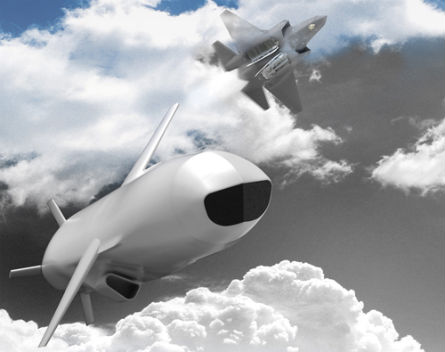Seeker fittable in the upper half of the dome probably can arguably be made strong enough, esp. with newer signal processing.Against small, stealthy ships, like say, a Tuo Chiang corvette, you would need more powerful seekers to deal both with the reduced RCS but also their lower ship profile and the sea clutter. That's why there is no such thing as 'enough' as ships continually reduce their own RCS ala stealthy frigates and corvettes, and combine that with their onboard ECM.
And fuzing two makes it inherently harder to achieve a soft kill against the attacking missile.
Furthermore, such a missile appears to be more universal(environment/background/type of target).
Whatever the case, right now all 3 approaches are in existence, so argument IMHO is moot. All 3 do work.








